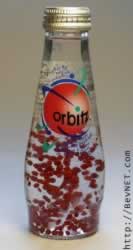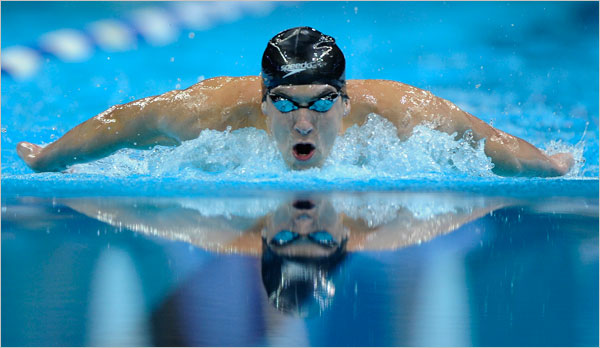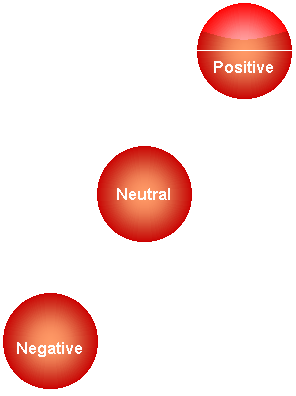Week 4 - Density and Buoyancy
Buoyancy - Sink or Float
Lesson 15: Buoyancy - Sink or Float
Textbook Readings
ScienceFocus 8
Pages 64 & 65
or
Science in Action 8
Pages 50 & 51
Once back on dry land, your body feels heavy.
Buoyancy is the force in the water that makes you feel light when you are in the water.
Background Information
Some objects, when placed in water, float, while others sink, and still others neither float nor sink. This is a function of buoyancy. We call objects that float, positively buoyant . Objects that sink are called negatively buoyant . We refer to object that neither float nor sink as neutrally buoyant .
There are three types of buoyancy
positive buoyancy -objects with positive buoyancy float
neutral buoyancy - neutral buoyancy objects neither float nor sink - they are suspended in the middle
Negative buoyancy - objects with negative buoyancy sink
id: arygllbp
password: brainpop
Archimedes Principle
The idea of buoyancy was summed up by Archimedes, a Greek mathematician, in what is known as Archimedes Principle: Any object, wholly or partly immersed in a fluid, is buoyed up by a force equal to the weight of the fluid displaced by the object. From this principle, we can see that whether an object floats or sinks, is based on not only its weight, but also the amount of water it displaces . That is why a very heavy ocean liner can float. It displaces a large amount of water.
 Exercise 4.3: Create a Boat
Exercise 4.3: Create a Boat
|
Think about it!
 Are the globs in this picture are an example of ....
|
|
Enrichment (optional)
Try the Online Buoyancy Review Quiz Click Here to Read about Buoyancy. Use the link at the bottom of the page to try out the buoyancy brain teasers. (Try all three questions at the bottom) |
|
© 2002 Alberta Online Consortium
|


